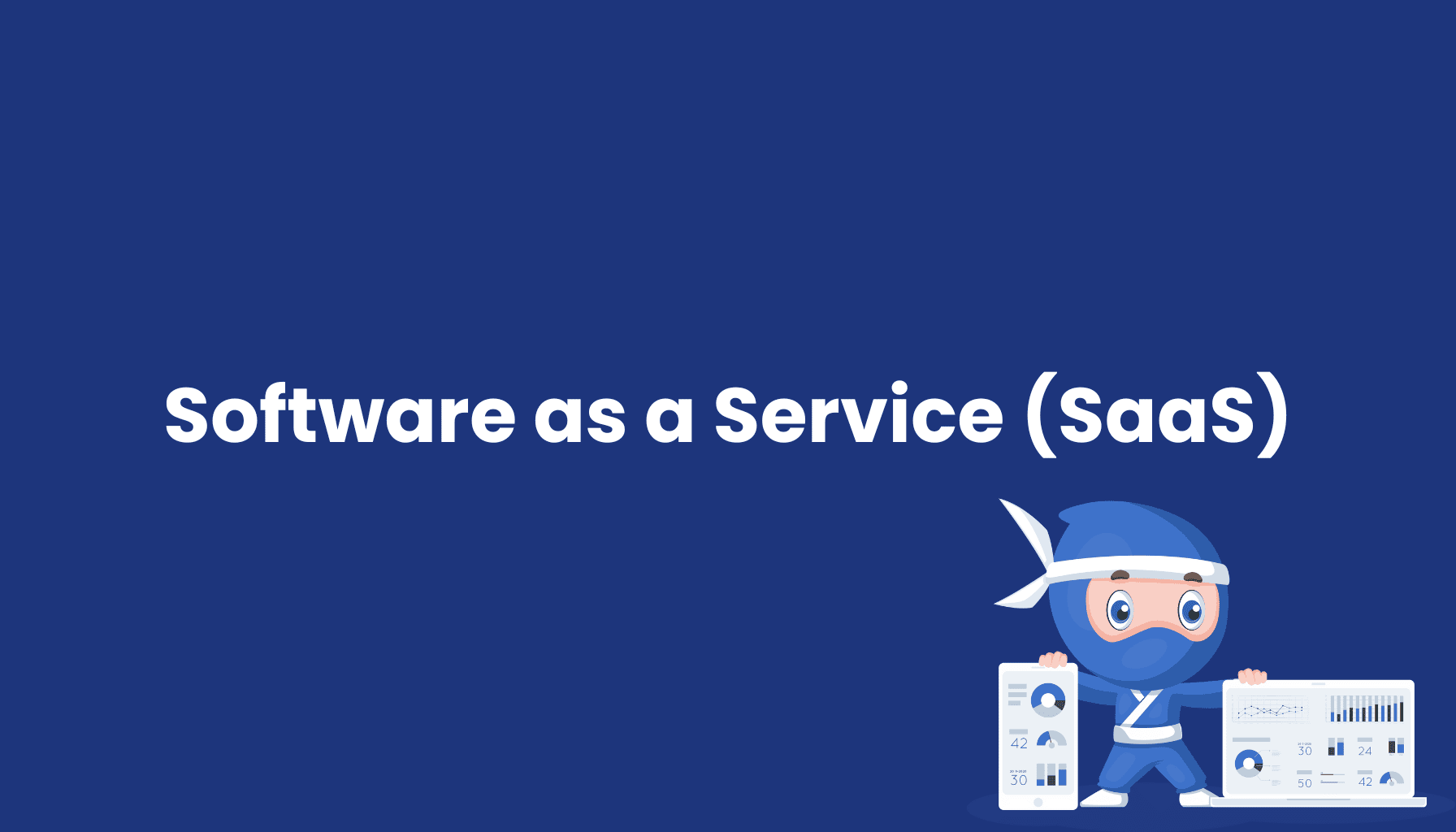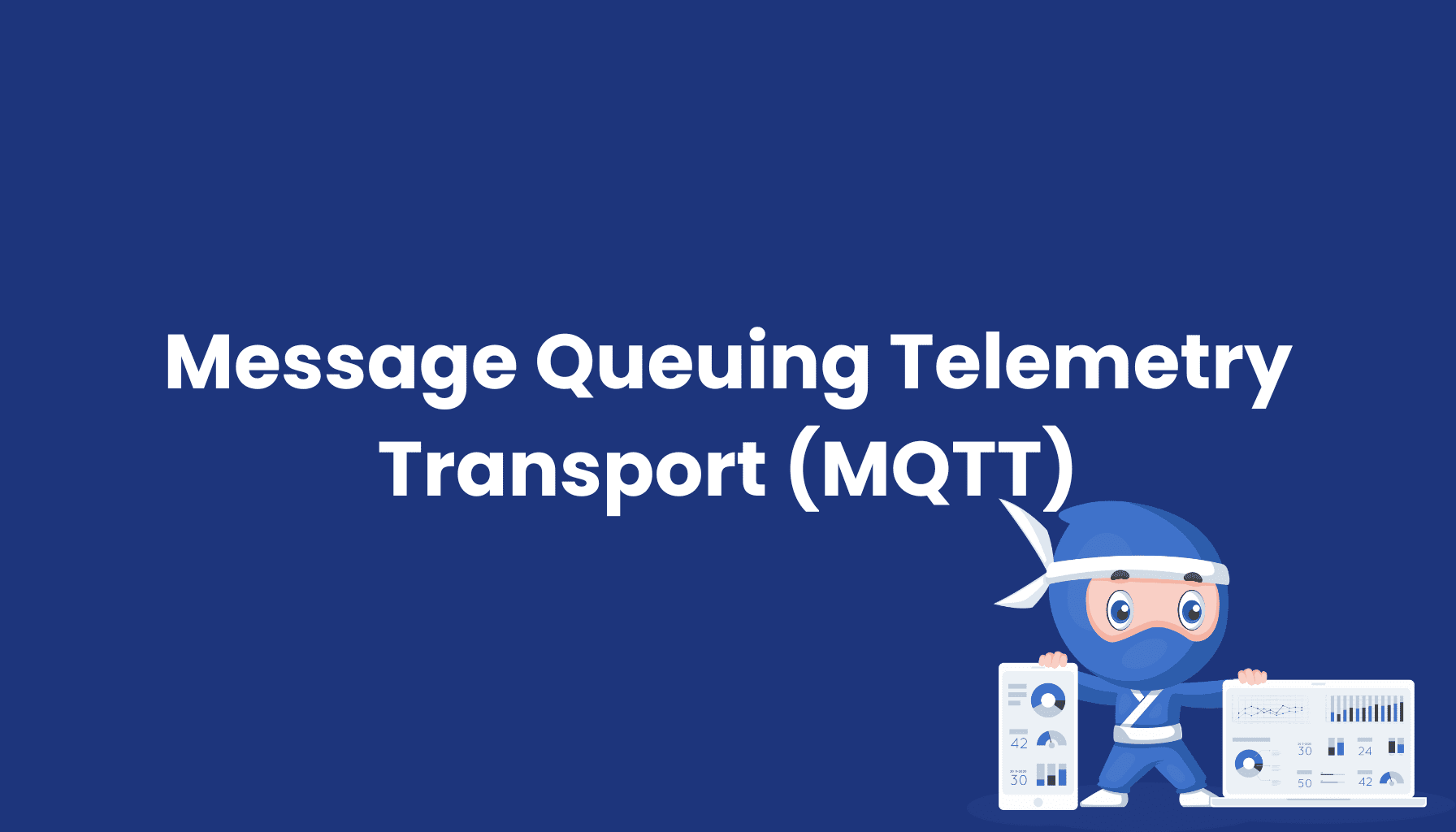Software as a Service (SaaS)

What is SaaS?
Software as a Service (SaaS) is a software delivery model that provides applications over the internet instead of requiring local installation on a computer. Users access the software via a web browser, with processing and storage handled by the provider’s servers. SaaS is a core component of cloud computing and has become the standard for many business applications.
Benefits of SaaS
- Cost Savings: SaaS eliminates the need for expensive hardware and infrastructure, as all resources are managed by the provider. Companies save on maintenance and upgrade costs.
- Anywhere Access: Employees can access applications globally, enabling flexible work models and collaboration from any location.
- Automatic Updates: Updates and security patches are managed centrally by the provider, ensuring users always have access to the latest version without internal IT resources.
- Scalability: SaaS models are flexible and grow with the business. New features or users can be added easily.
SaaS Application Areas
SaaS is used in various fields, offering solutions for numerous business needs:
- Email and Communication: Services like Google Workspace and Microsoft Office 365 allow for collaboration and communication across locations.
- Customer Relationship Management (CRM): Systems like Salesforce support companies in managing customer relationships and optimizing sales processes.
- Accounting and Finance: Programs like QuickBooks offer comprehensive financial management tools in the cloud.
- Project Management: Tools like Asana or Trello help organize and manage projects effectively.
- Manufacturing and Production: SaaS-based Manufacturing Execution Systems (MES) and Shop Floor Data Collection (SFC) optimize processes and support real-time transparency.
Challenges of SaaS
- Data Security: Since data is stored on the provider's servers, data protection is crucial. Companies should ensure that providers adhere to strict security standards.
- Internet Dependency: SaaS requires a stable internet connection. If service is interrupted, access to applications is limited.
- Long-Term Costs: While SaaS offers flexible payment models, ongoing subscription fees can add up over time.
The Future of SaaS
The development of SaaS is increasingly shaped by artificial intelligence (AI) and big data. AI and predictive analytics will make SaaS even smarter and more automated in the future. In Industry 4.0, SaaS provides innovative possibilities, particularly with Manufacturing Execution Systems (MES) and industrial cloud solutions, which optimize production efficiency and business processes.
Conclusion: SaaS is a flexible, scalable, and cost-effective solution for modern businesses. It enables rapid growth and streamlined operations across nearly all areas – especially in Industry 4.0.



